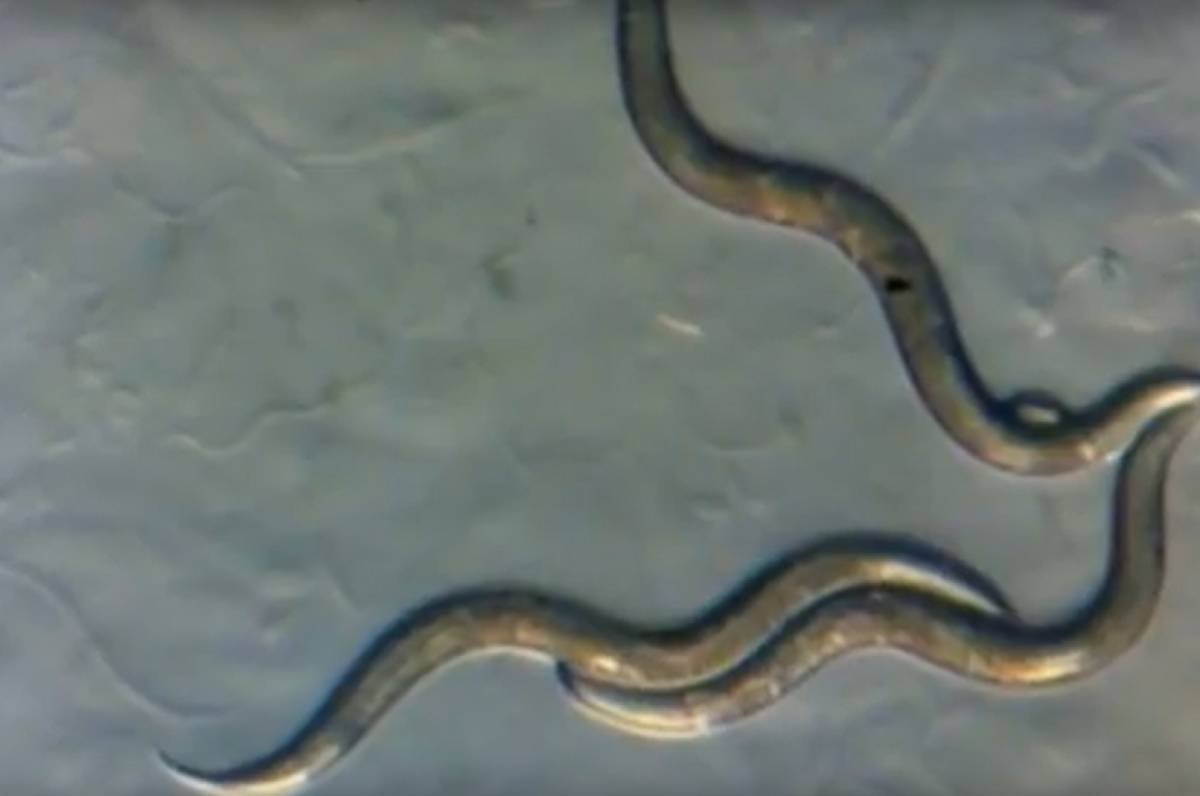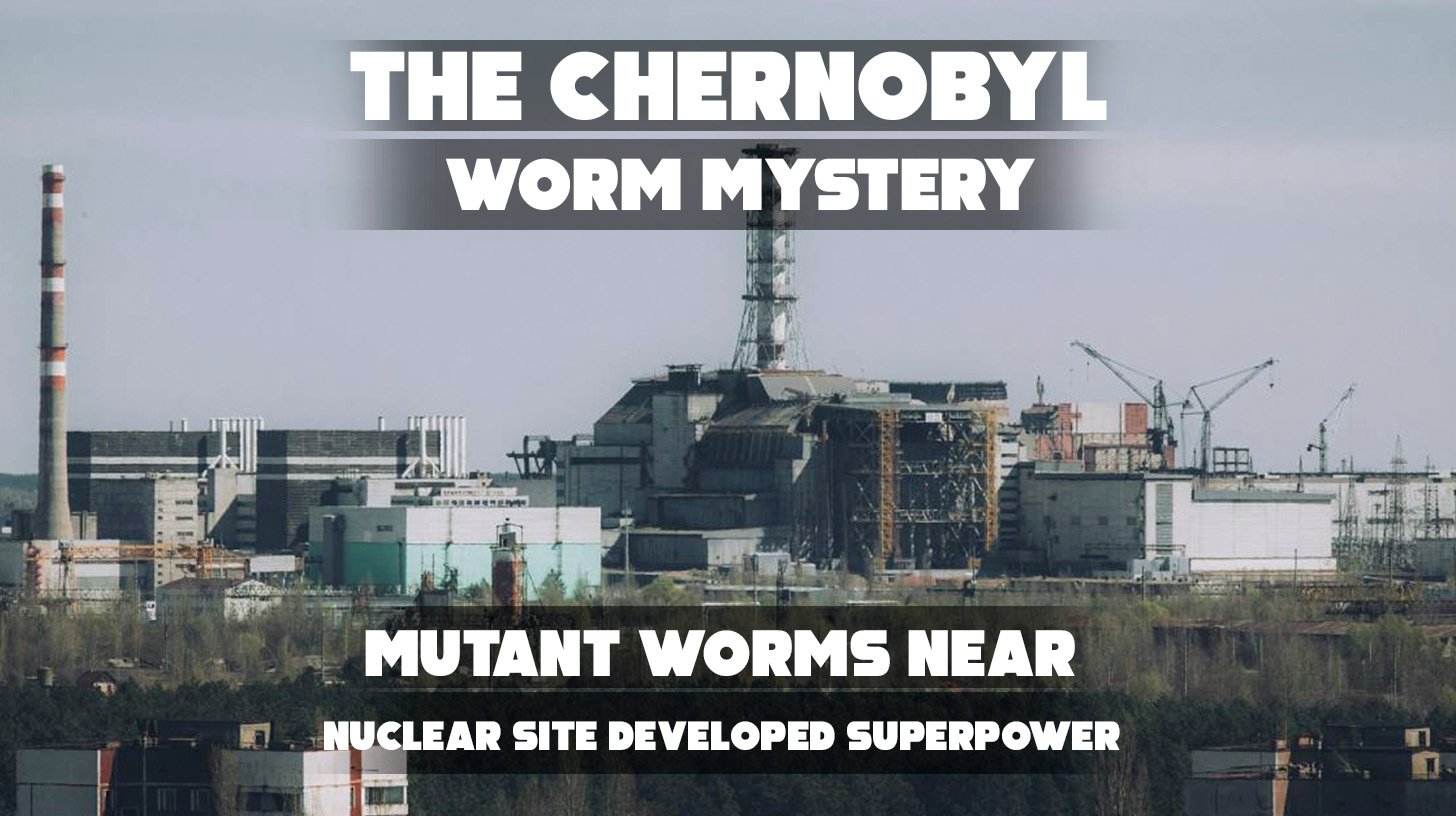Nearly four decades after the catastrophic explosion at the Chernobyl nuclear power plant, life is still full of surprises. In one of the most radioactive places on Earth, scientists have discovered a remarkable biological phenomenon: worms living near the disaster site appear to have developed a resistance to radiation, a form of natural “superpower.”
This discovery is reshaping how experts view long-term survival in extreme environments and could even have implications for future space exploration and medicine.
Worms That Defy Radiation: What Scientists Found

A team of researchers from New York University traveled to the Chernobyl Exclusion Zone to collect nematodes, a type of tiny worm with a simple genetic structure and rapid reproductive cycle. These worms were gathered from soil, rotting fruit, and other decaying materials exposed to varying levels of radiation—from the equivalent of large cities to levels found in outer space.
Once back in the lab, scientists froze and analyzed 20 genetically different worm strains to test for radiation-related DNA damage. The results were surprising: none of the worms showed signs of genetic damage—despite being collected from highly radioactive environments. Lead researcher Dr. Sophia Tintori remarked:
“Chernobyl was a tragedy of incomprehensible scale, but we still don’t have a great grasp on the effects of the disaster on local populations.”
The worms’ DNA revealed a stunning capacity to repair or protect themselves from radiation-induced harm, a phenomenon scientists had not fully observed in such detail before.
What This Could Mean for Science and Survival

This remarkable resistance doesn’t mean Chernobyl is safe for humans, but it offers clues about how some life forms have adapted or naturally survived extreme conditions. Biology professor Matthew Rockman explained:
“These worms live everywhere, and they live quickly, so they go through dozens of generations of evolution while a typical vertebrate is still putting on its shoes.”
That rapid generational turnover may be a key to understanding how radiation tolerance develops. Although the study didn’t prove that the worms evolved special traits after the disaster, it strongly suggests that some individuals within the species may have been naturally more resistant to ionizing radiation from the beginning.
The study adds to growing evidence that animals in the Exclusion Zone are genetically distinct from their counterparts elsewhere. Future research on these worms could unlock new ways of thinking about genetic resilience, potentially benefiting radiation treatment or long-term space travel.


